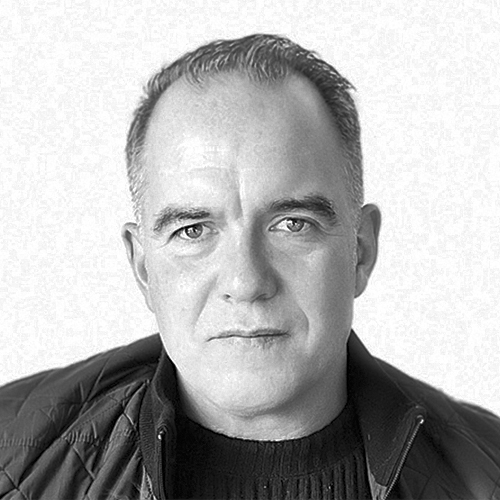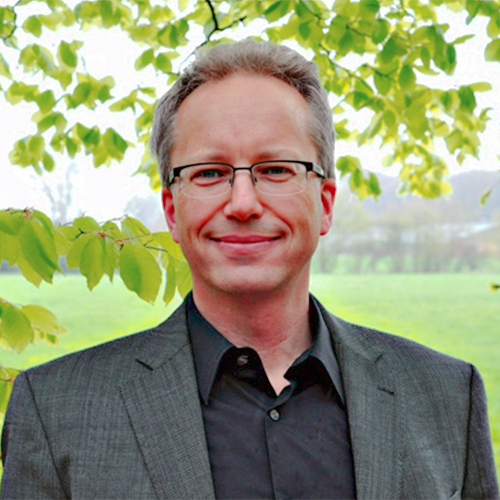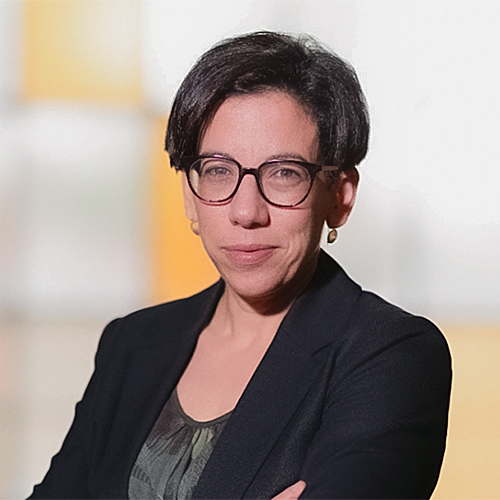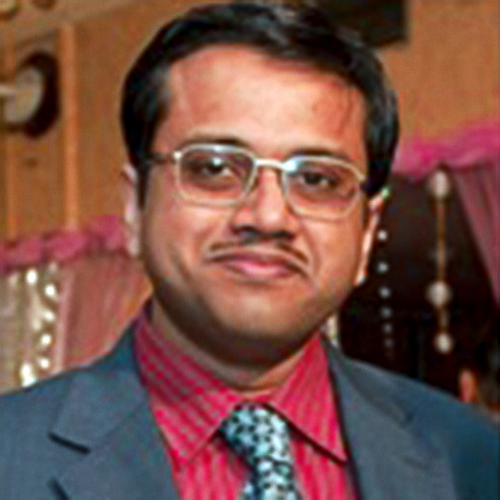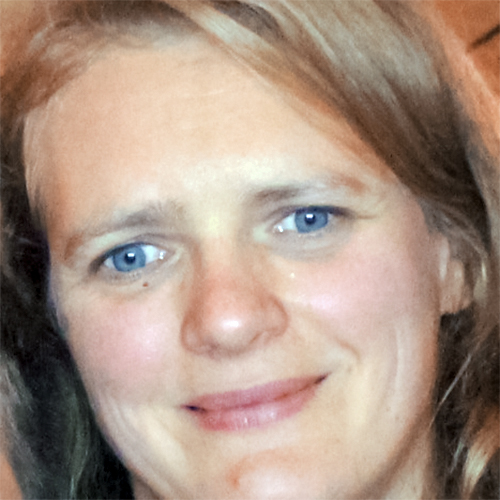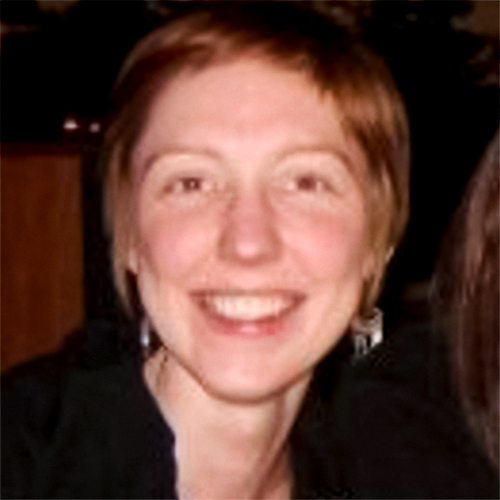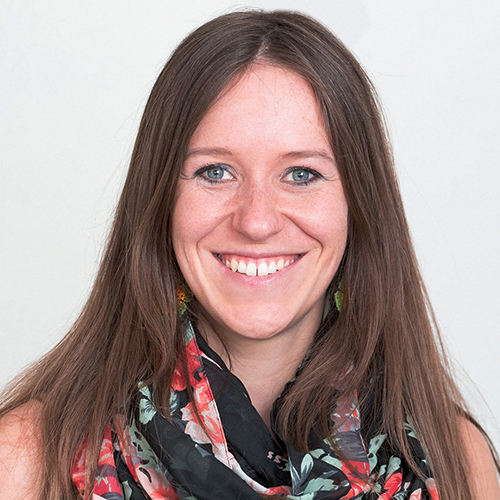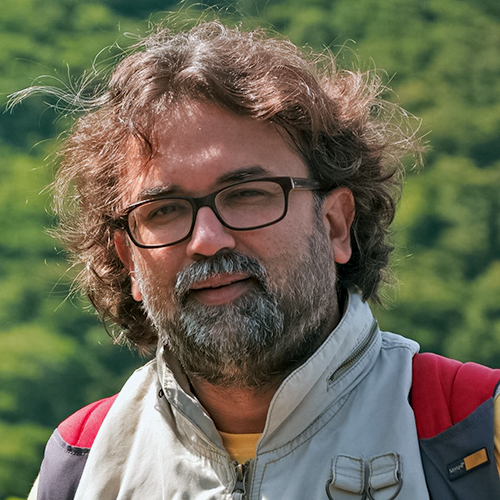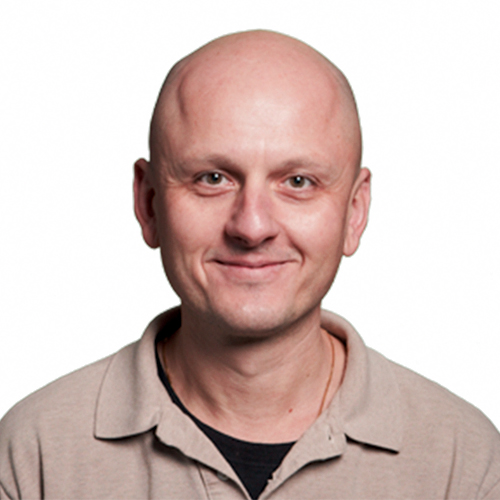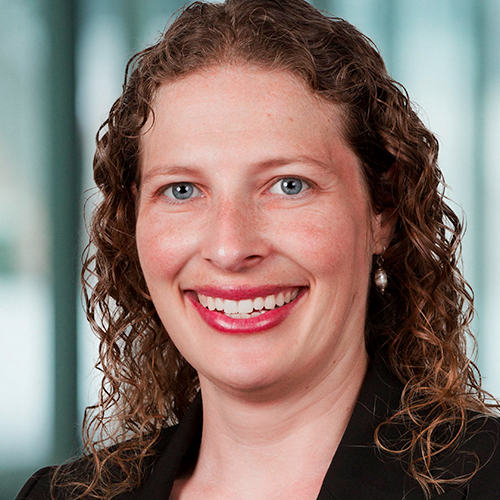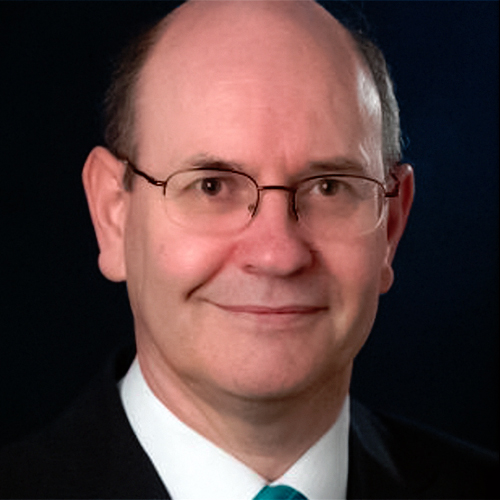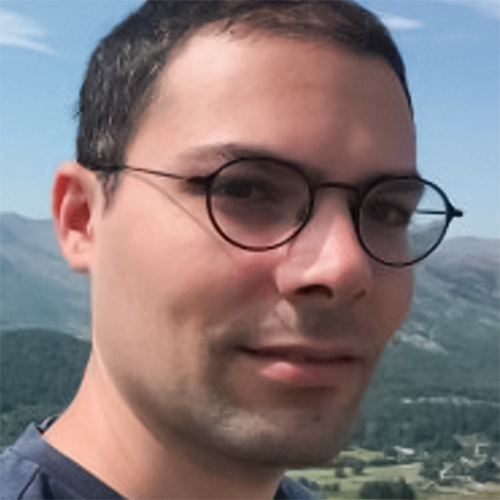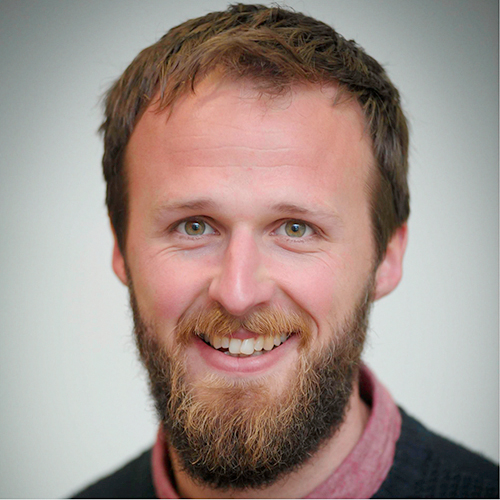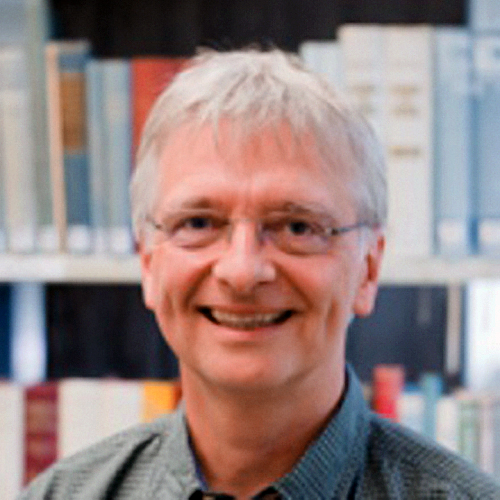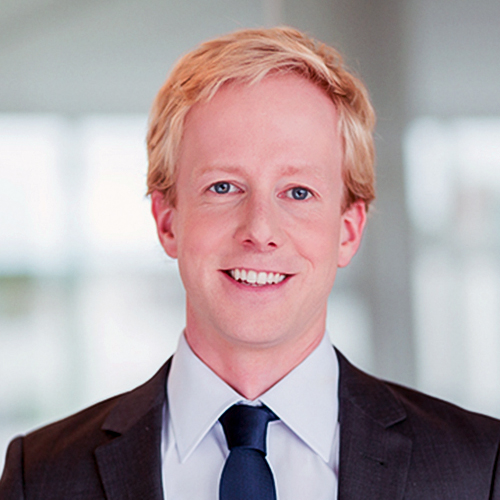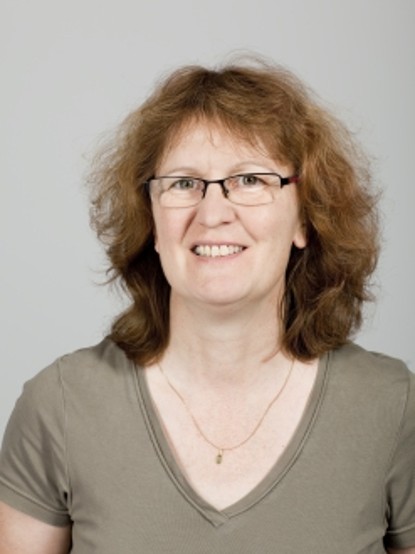Plenary Lectures
John Bush
Hydrodynamic quantum analogs
Frieder Mugele
Drop-based energy harvesting: electromechanical energy conversion in drop impact
Chiara Neto
Drag reduction and boundary slip at lubricant-infused surfaces
Keynote Lectures
Saptarsi Basu
Functional Droplet Dynamics in the Context of Covid 19
Anne-Laure Biance
Electrokinetic transport in sub-nanometric droplet
Jens Eggers
Theory of bubble tips in strong viscous flows
Kristina Davitt
Experiments attempting to unify the picture of wetting dynamics
Kirsten Harth
Wetting and vapor dynamics under drops impacting on hot plates
Sameer Khandekar
Dropwise condensation on engineered surfaces (tentative title)
Lou Kondic
Modeling and computing heat flow for evolving films and drops on nanoscale
Erin Koos
Effect of residual water on drying of suspensions in non-polar solvents
Glen McHale
Contact angles and droplet motion on slippery surfaces
Ory Schnitzer
Rolling of non-wetting droplets down a gently inclined plane
James Sprittles
Bouncing off the walls: Computational modelling of gas nanofilms in drop impact
Bernhard Weigand
Direct numerical simulation (DNS) of drop dynamics
Thomas Willers
Which contact angle to measure? Status in academia and industry. An industry perspective


